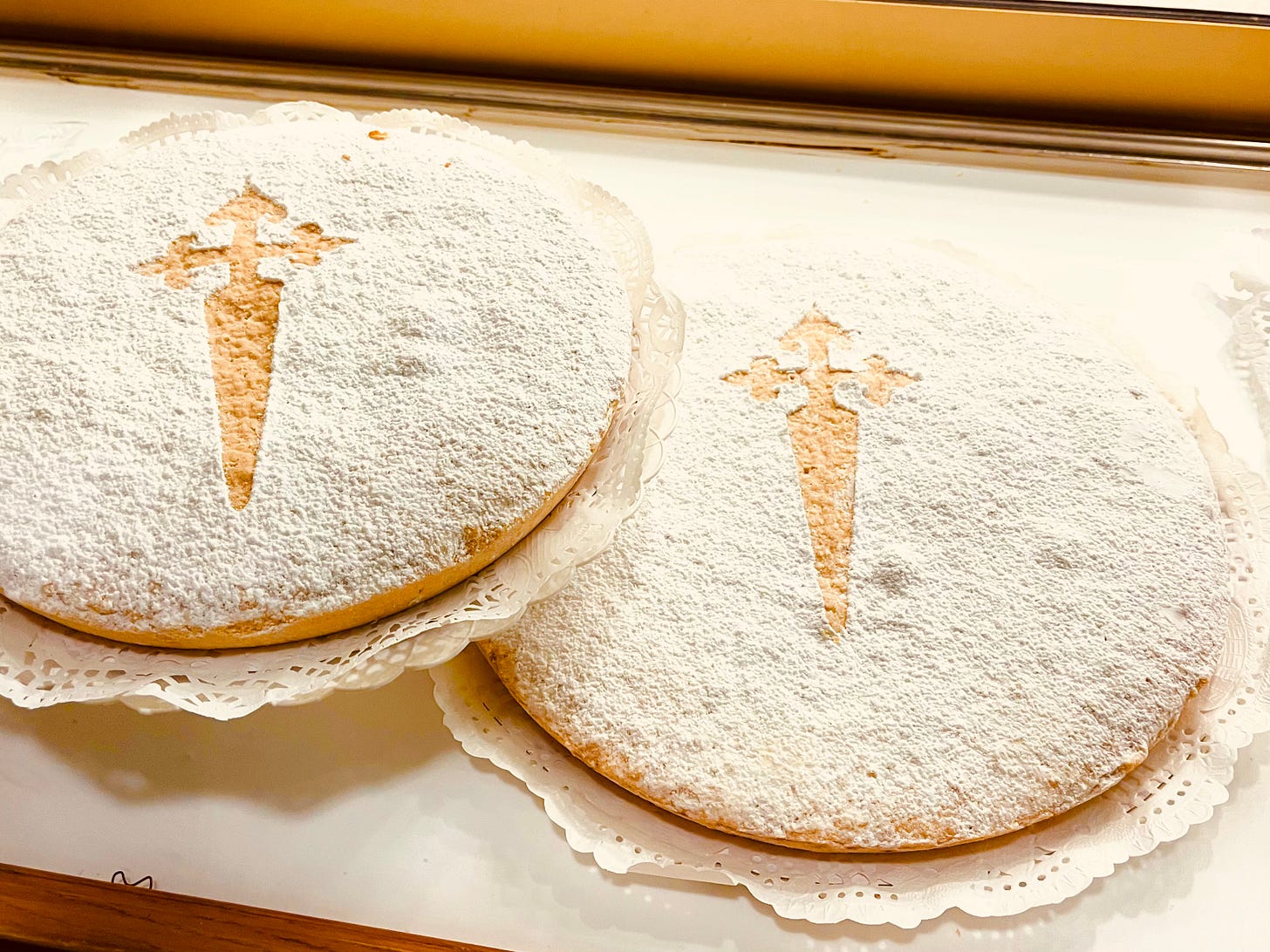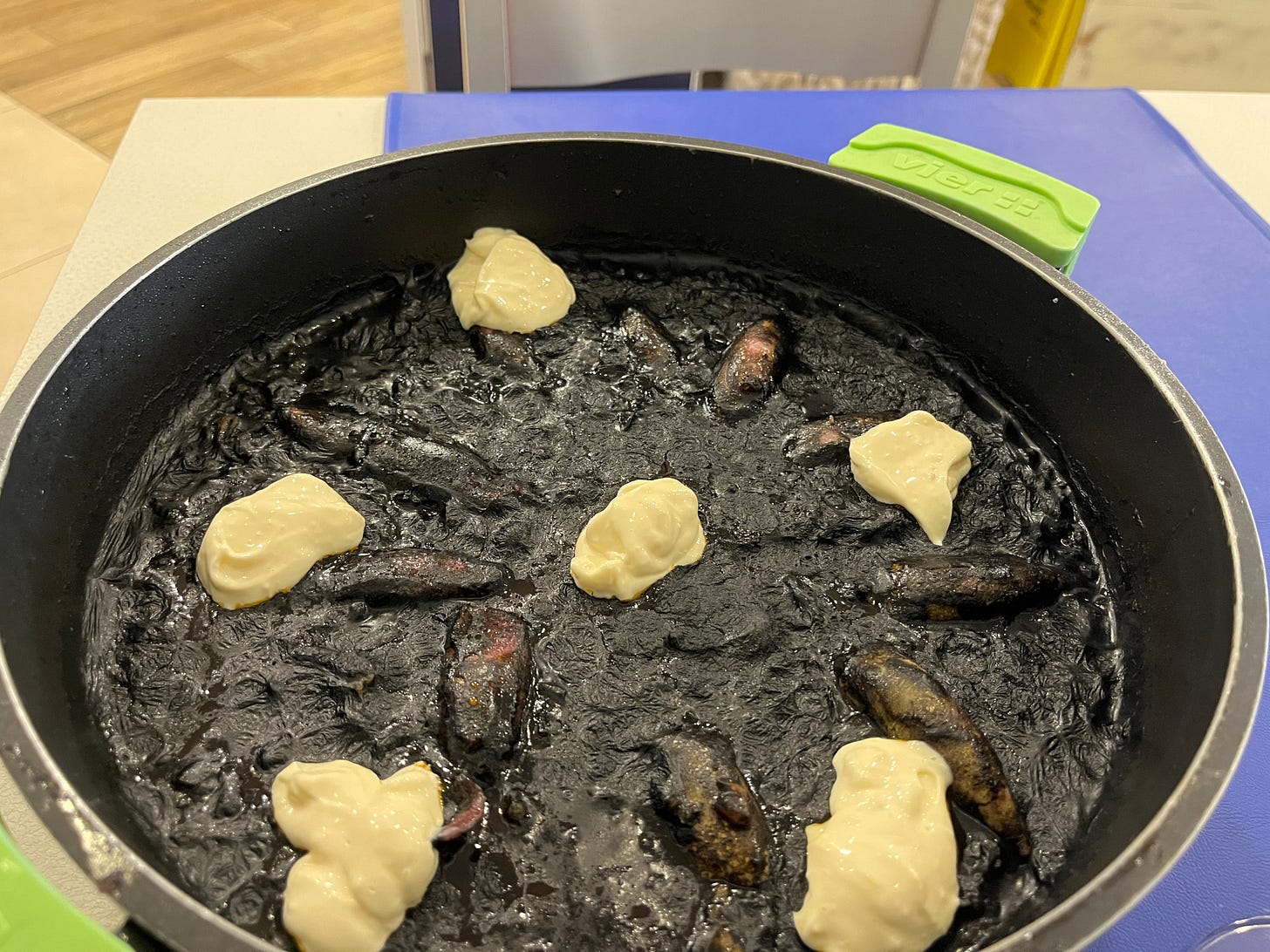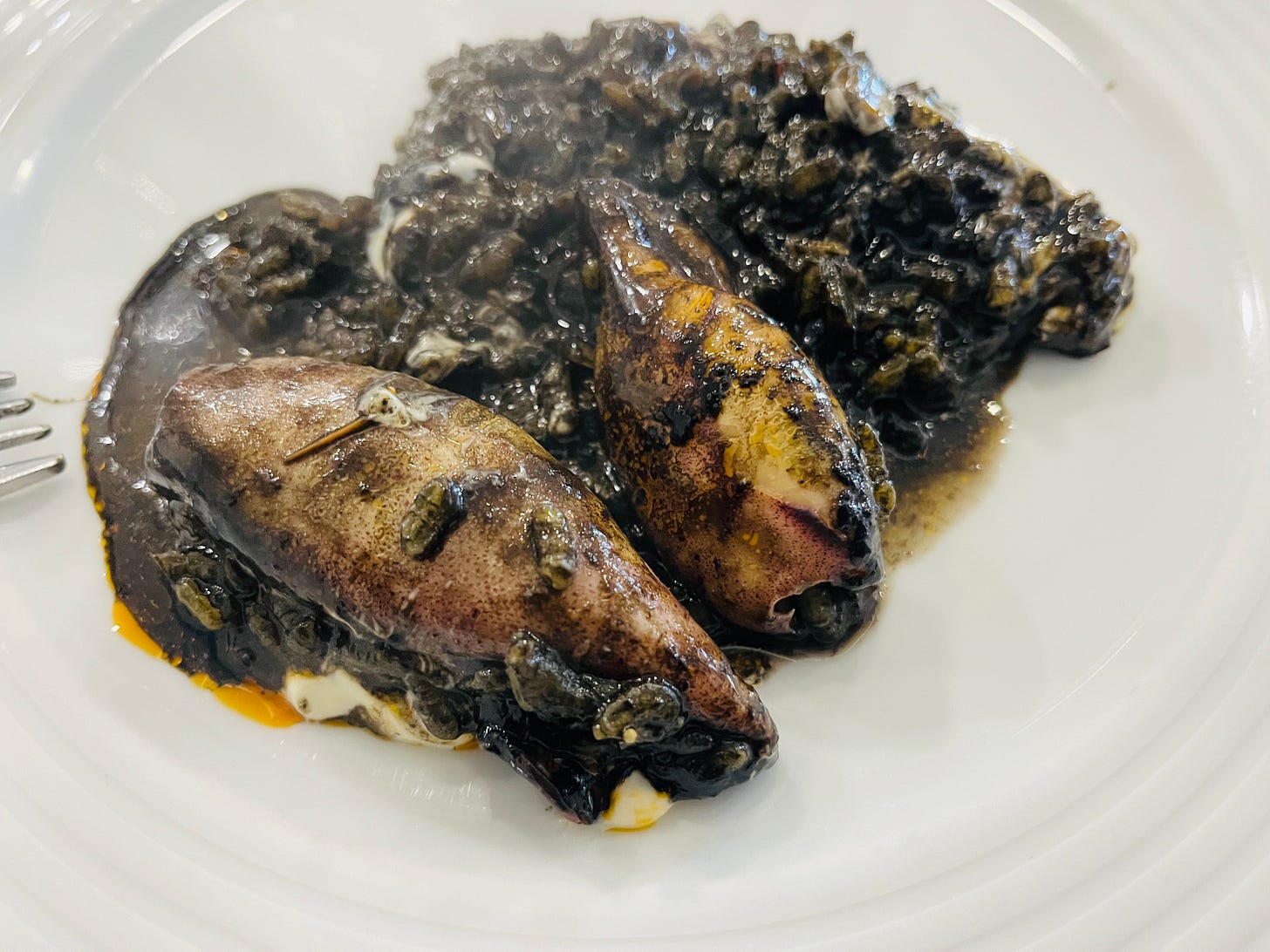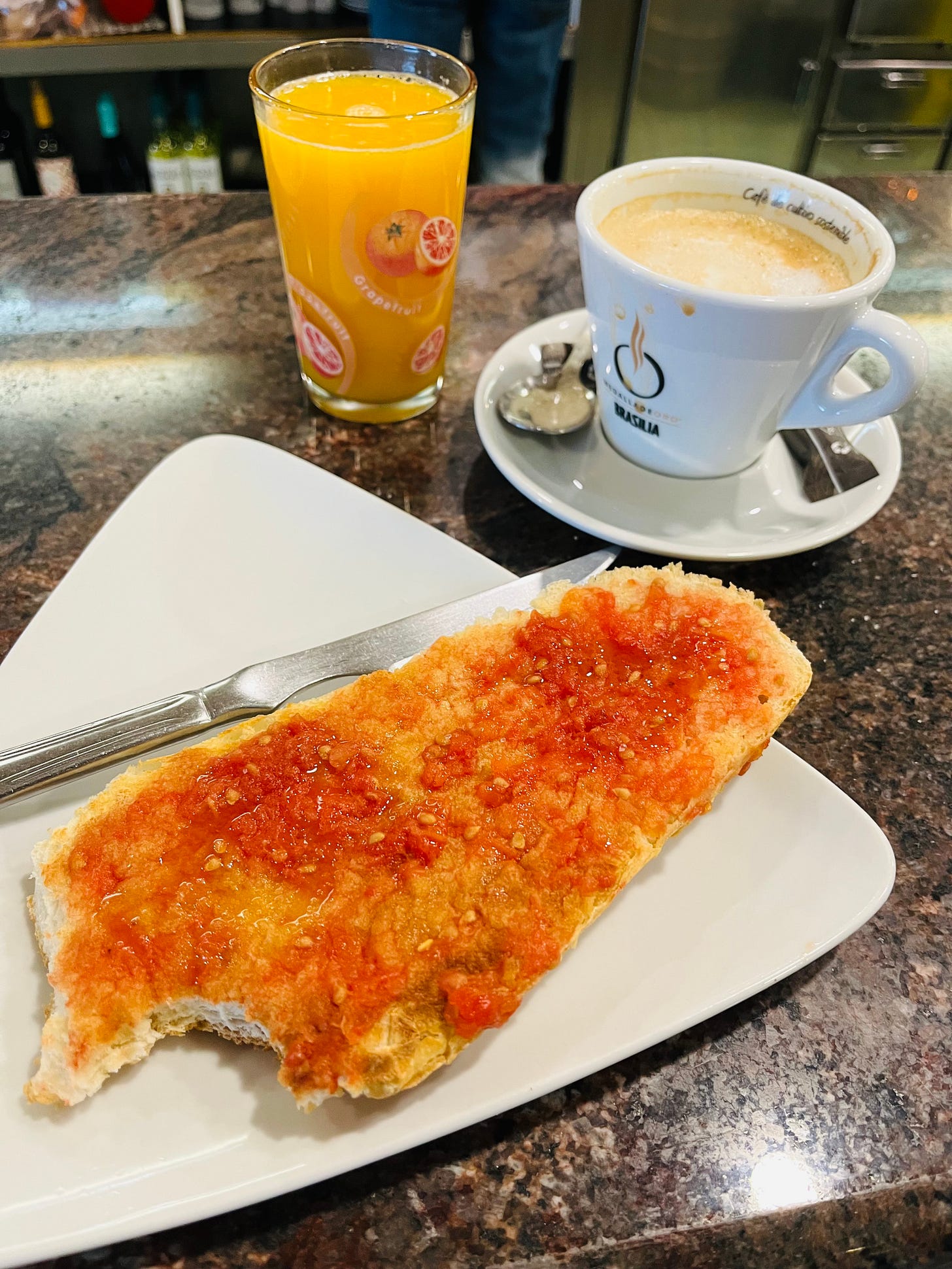Spanish Food for Beginners (Part 1)
What to try when visiting Spain, or when hiking the Camino de Santiago. A five-minute read.
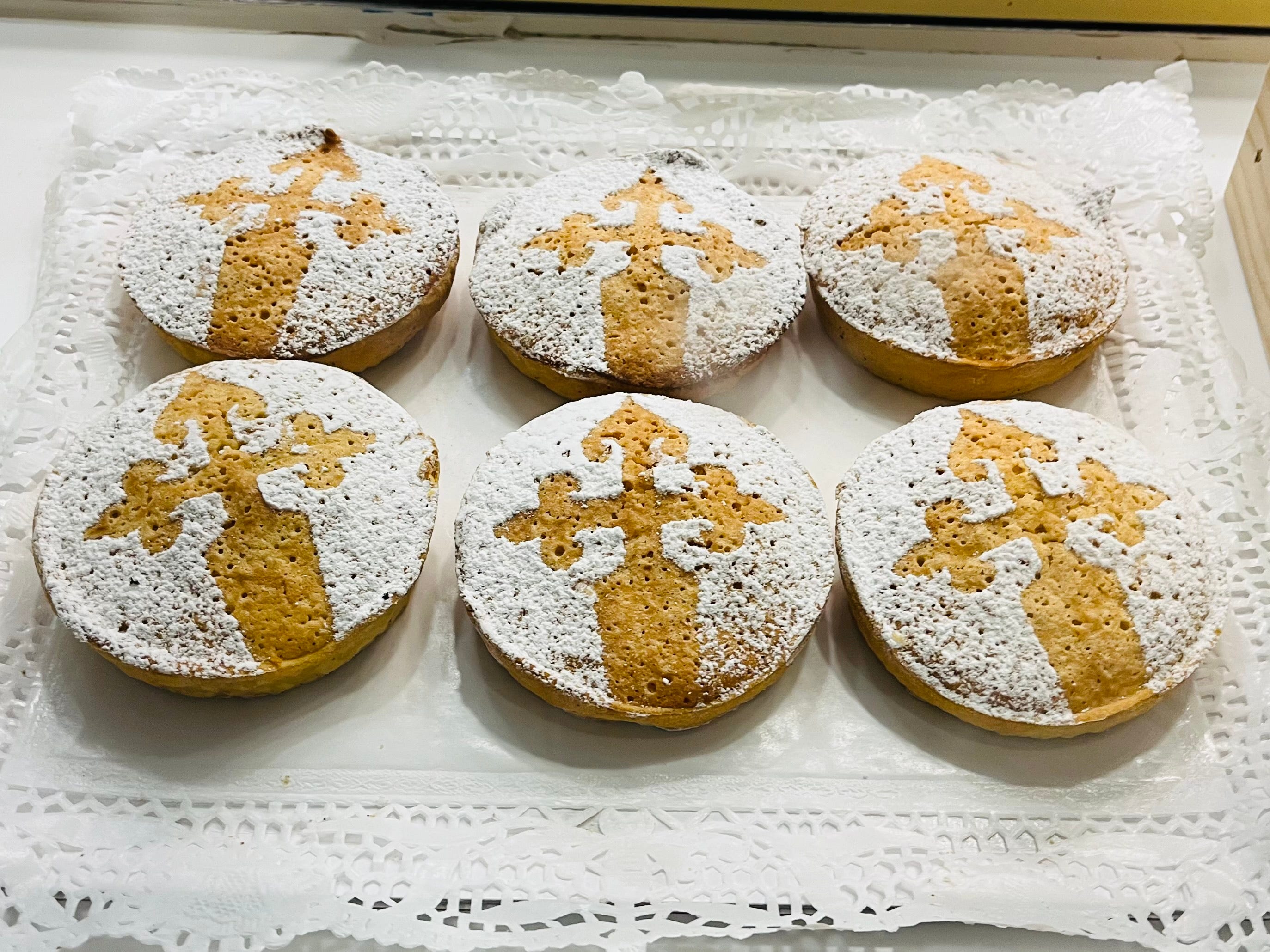
Food is one of the best ways to instantly immerse yourself in the culture of a country you’re visiting. Only ordering what’s familiar to you while abroad, in my opinion, is like losing half or three-fourths of the experience of travel.
There’s no guarantee you’ll like every single new dish you try. In fact, you might hate some of them. But that’s part of the adventure, isn’t it?
As of this writing, I’ve had the good fortune of completing the Camino de Santiago in Spain twice. I’ve also walked the Camino de Muxia from Santiago de Compostela to the Atlantic Coast, the ancients’ end of pilgrimage to the “end of the world.” All these adventures brought me through Galicia, a destination for gastronomic tourism.
What follows is absolutely not an exhaustive list of things to try, but these are some of the things easily available on the road when I walked the Camino de Santiago and Camino de Muxia.
Turron de Alicante

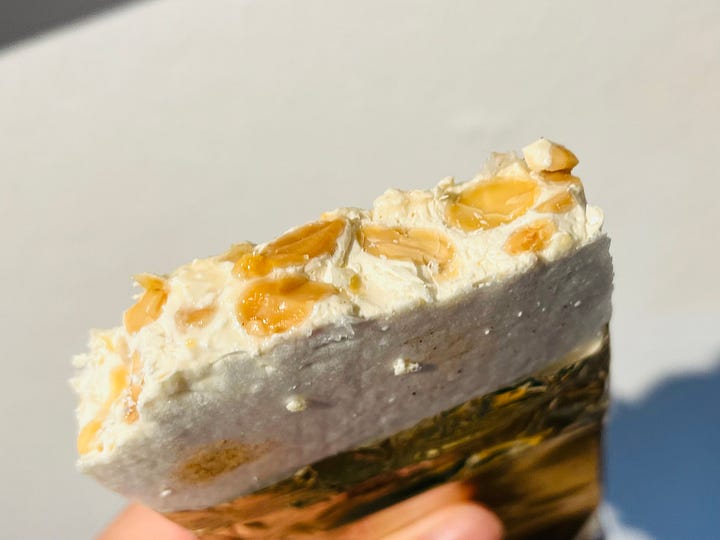
Typical of me to start this list with candy. Turron is a nougat and there are different kinds. This particular turron is very hard and has to be broken up with a hammer. It’s embedded with almonds, fruits and nuts, and wrapped in an edible wafer. I bought this because it’s a typical Christmas candy, available as I visit Spain during the holidays. Be careful though. I suspect this could break a tooth.
Polvoron
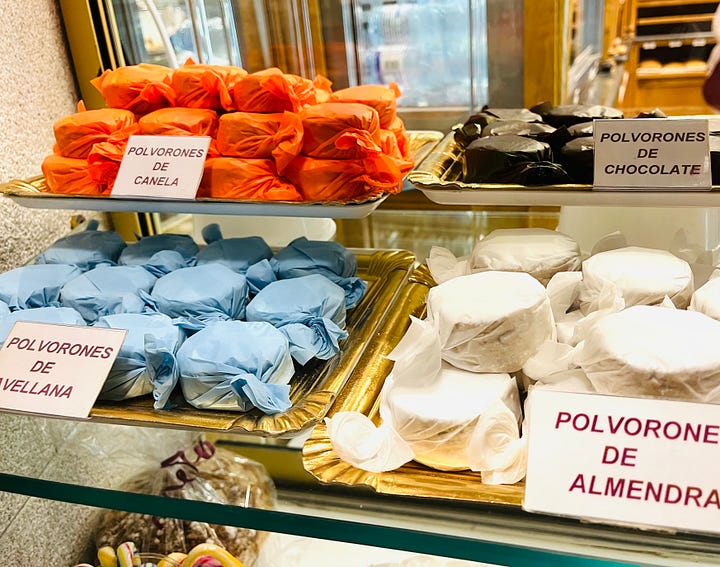

Another typical Christmas sweet. It’s a Spanish shortbread but very different from the Scottish shortbread you might be familiar with. Once you bite into it, you find yourself with a mouthful of crumbly sweet powder, making you wish you had a cup of tea or coffee to wash it down. In fact, I think that’s the only way to have a polvoron, otherwise you’ll be left half-choking on delicious but very dry powder.
Callos a la Gallega
My absolute favorite. Unlike its counterpart from Madrid, Callos a la Madrileña (which I am more familiar with), the Galician version I tried didn’t have tripe. What it did have is a lot of garbanzo beans and a hefty crosscut of a leg of veal that had been slowly cooked until it reached a gelatinous consistency. I had almost a whole pot of this meaty, rich, paprika- and chorizo (sausage)-flavored stew with bread, on a cold, rainy day, during a random stop in Alto do Vento while hiking to Muxia. For me, this is Spanish comfort food at its best. I am going to try and make this at home.
Cocido Gallego
A deconstructed stew, the elements are cooked separately then served together. The version I had had salted ham, chorizo, other meats and a generous serving of potatoes and greens cooked in a very flavorful meat broth. A special occasion kind of dish, apparently.
Churros con Chocolate

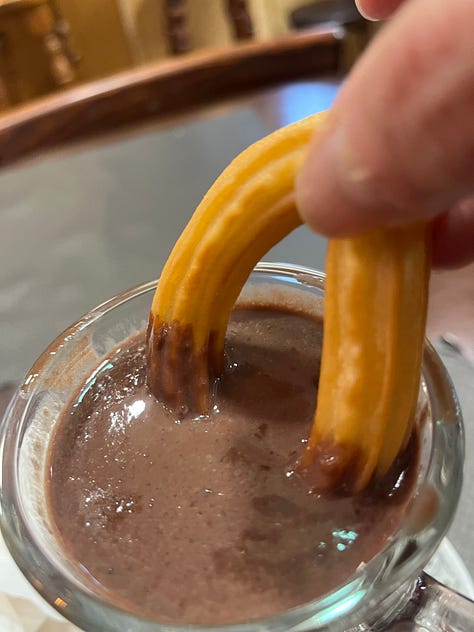
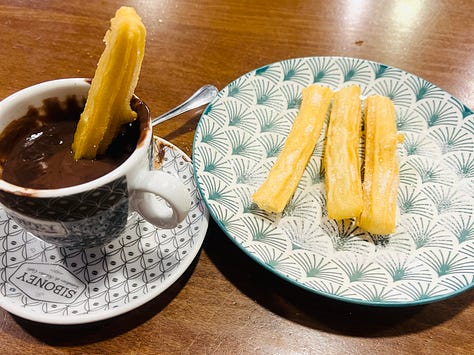
I am addicted to the Spanish version, especially when the churros are freshly fried, and the chocolate, served in an espresso cup, is extra dark and thick. The chocolate is more of a dipping sauce for the churros than it is a drink. I had these so often that I developed a preference: I like my churros without any dusting of sugar and slightly salty so it contrasts well with the rich, sweet and slightly bitter hot chocolate. Great for rainy winter afternoons!
Tarta de Santiago
This is, for me, a Camino de Santiago staple. It’s a common dessert on the menu de peregrinos (pilgrim menu), a prix fixe meal set catered to those walking the Camino de Santiago. It’s a simple almond cake with hints of lemon. What makes it special is how it’s been dedicated to the Camino de Santiago, and because it’s a recipe from the Middle Ages, apparently. It’s intriguing to taste something that people from the Middle Ages ate, yes? Try it for the historical significance, with low expectations on flavor and texture. Just saying.
Random pintxos
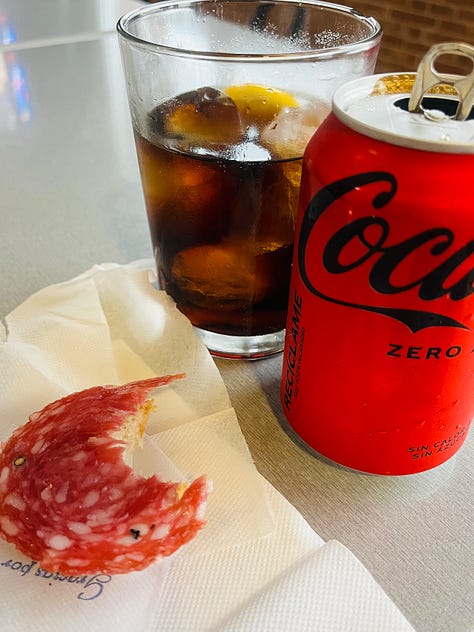
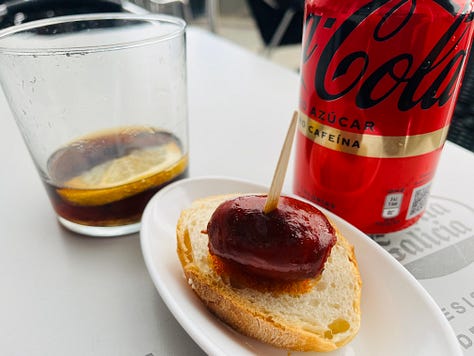
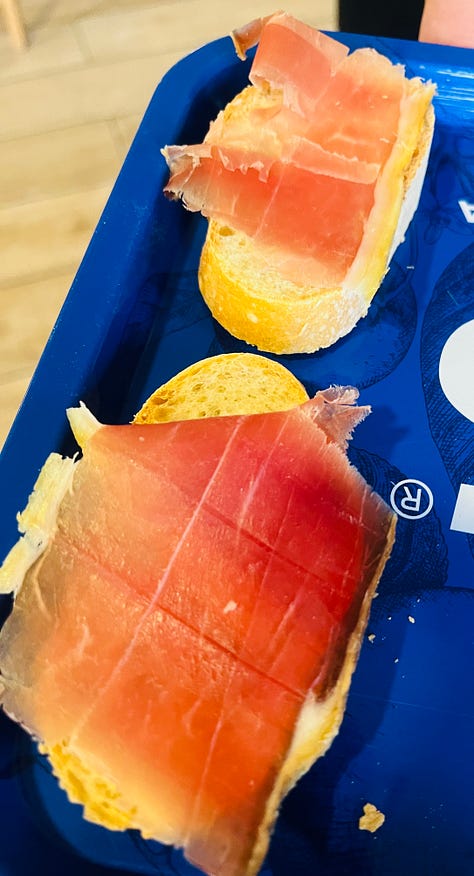
Something that always surprises me are the free little pintxos (appetizers) that are handed out even if all I’ve ordered is a diet Coke. It can be a slice of chorizo or ham on a piece of bread. They’re just handed out casually to guests. I’ve experienced these free appetizers usually during the lunch hour. Pintxos, however, are practically an art form in themselves, and its different varieties are must-tries. The ones featured here are not representative of the whole range of pintxos!
Flan
Spain’s flan is for me, unbeatable. Sure, there’s creme caramel and creme brulée, but Spain’s flan, just so casually and unpretentiously presented, has so much not-trying-hard charm. “I’m not trying to be labelled a gourmet dessert, but I’m just as yummy and well-made as creme caramel and creme brulée but without the fanfare.” Yes, this is me pretending flan could talk.
Arroz Negro
I think everyone already knows and loves paella. Arroz Negro, literally black rice, has the same kind of rice used in paella but is cooked in squid ink. It can look intimidating, but done right, as this one was in Muxia, it is a deeply satisfying meal. Also, rice dishes like paella and arroz negro are best consumed for lunch, not dinner, as they are very heavy. I definitely took a long siesta after my hefty servings of Arroz Negro.
Pan con Tomate
So simple and yet so delicious! This is grated fresh ripe tomato with salt and olive oil on a tostada (toast). Usually available during breakfast, it’s a healthier alternative to butter and marmalade on toast (another universally available breakfast). This reminds me of Italian bruschetta. I plan to make this for myself at home.
More Spanish Food for Beginners next week, on part two of this series. I hope you’re having a great holiday!
I offer a free consultation for beginners to the Camino de Santiago. Whether you’re still thinking of possibly walking your first Camino, or are already committed to doing it but need to know how to get started, e-mail me at contact@beginnersmind.life for your free consultation.






